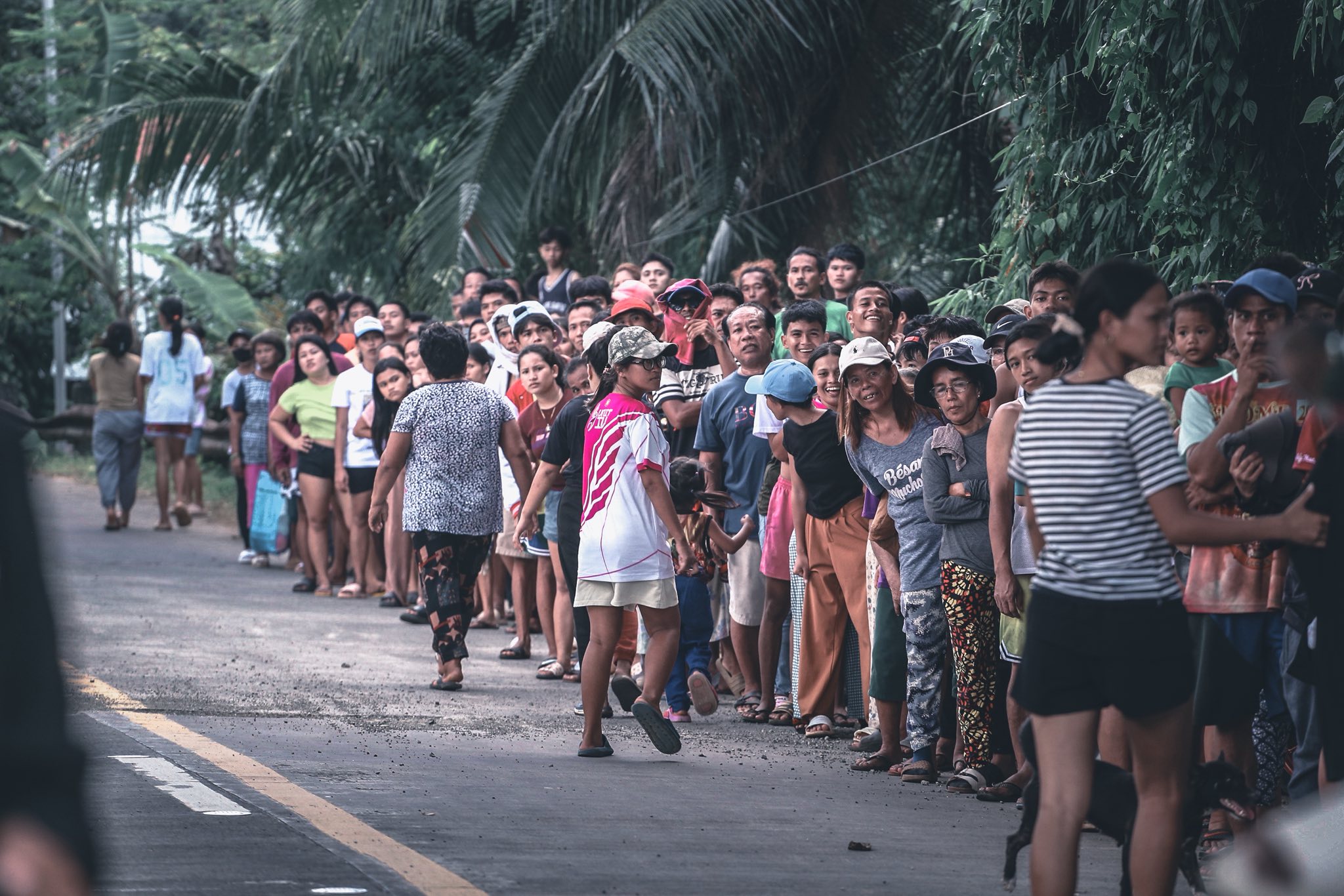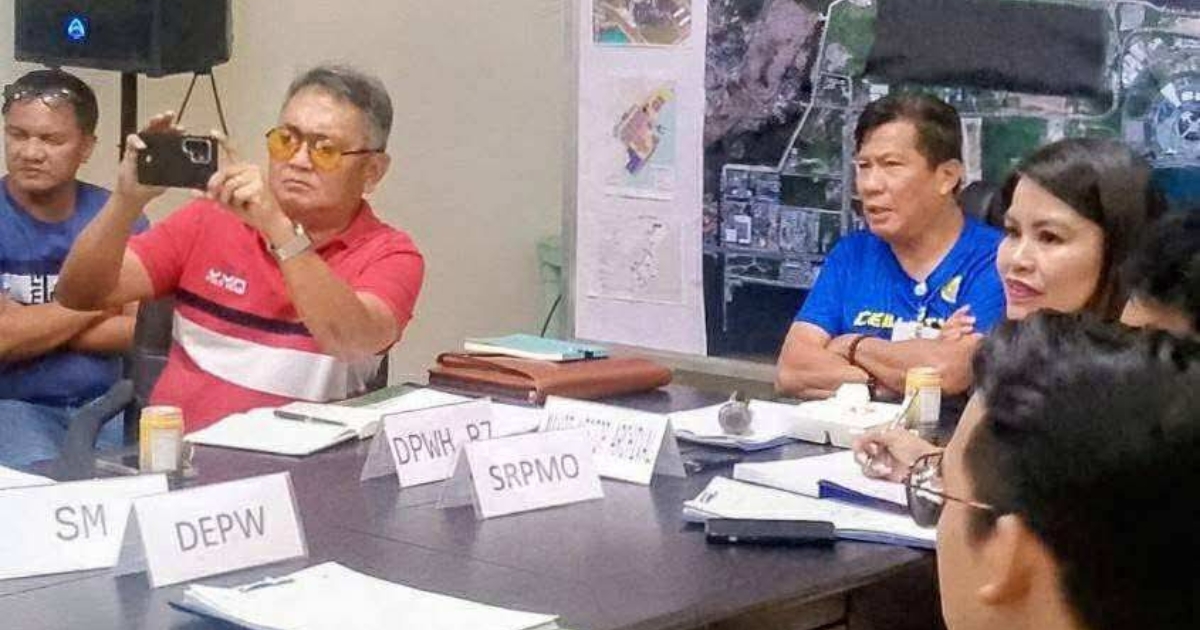ALMOST two weeks after a 6.9-magnitude earthquake struck northern Cebu, thousands of residents remain in evacuation centers, grappling with a combination of physical illness and psychological distress.
Families continue to live in temporary shelters, many with limited access to clean water, adequate sanitation, and sufficient medical care, as recovery efforts slowly continue.
Health concerns
Respiratory infections have quickly spread among evacuees, worsened by the overcrowded conditions of tents and makeshift shelters.
The Provincial Health Office (PHO) reported cases of acute respiratory infections, including in Borbon and in Sogod.
Other towns have also reported minor injuries and unexplained fevers among evacuees.
Provincial Health Officer Dr. Mary Ann Josephine Arsenal noted that survivors of such disasters cannot always “bounce back immediately,” and the emotional toll can be just as severe as the physical.
She warned that negative remarks or ridicule can deepen the psychological burden of affected families, making support and sensitivity critical during this stage of recovery.
To prevent the spread of illness, Arsenal advised residents to minimize movement between tents.
“Kon mahimo dili lang mosuroy sa laing mga tents nga posibling makakuha og sakit nga lagmit motakod sa ubang kabanay,” she said.
The PHO has already sent three waves of medicines and vitamins to Bogo City and nearby towns, including San Remigio, Medellin, Borbon, Sogod, Tabuelan, and Tabogon, to help evacuees cope with infections.
Children and elderly
In Bogo City, where more than 34,000 families remain displaced, respiratory illnesses continue to rise steadily.
Assistant City Health Officer Dr. Shiela Faciol said that medical teams visit barangays daily, attending to 80–100 patients each day, mostly children and elderly evacuees suffering from coughs, colds, and fevers.
She added that temperature swings between daytime heat and nighttime coolness contribute to the worsening of these conditions.
Despite the challenges and limited facilities, the city has reported no cases of diarrhea or food poisoning, a positive sign in the midst of ongoing public health concerns.
Efforts to provide relief continue, with donations from private groups and other local governments supplying vitamins and medicines to help strengthen evacuees’ resistance against illnesses.
Mental health support needed
The earthquake’s psychological impact remains profound.
In Medellin’s island barangay of Gibitngil, local officials rescued a family of 12 on October 8 after they reportedly refused food and water for several days due to severe emotional distress.
The family, which included a pregnant woman and a child, is now stable after receiving medical care and medication.
The PHO has deployed 90 specialists to provide psychological first aid, conduct debriefings for responders, and deliver mental health education to affected families.
Arsenal emphasized that addressing psychosocial needs has become one of the most difficult aspects of recovery, as emotional wounds often persist long after physical injuries have healed.
The magnitude 6.9 earthquake killed 74 people, injured 559, and damaged nearly 72,000 homes across northern Cebu.
More than 411,000 residents continue to struggle with both visible and unseen wounds from the disaster.
While government and private aid are ongoing, the scale of the devastation means that full recovery will take months, if not years.
Health officials continue to stress the importance of protecting evacuees from illness, supporting their mental health, and ensuring that relief efforts reach even the most remote affected communities.
Photo by: Jacq Hernandez, PBB Photojournalist











